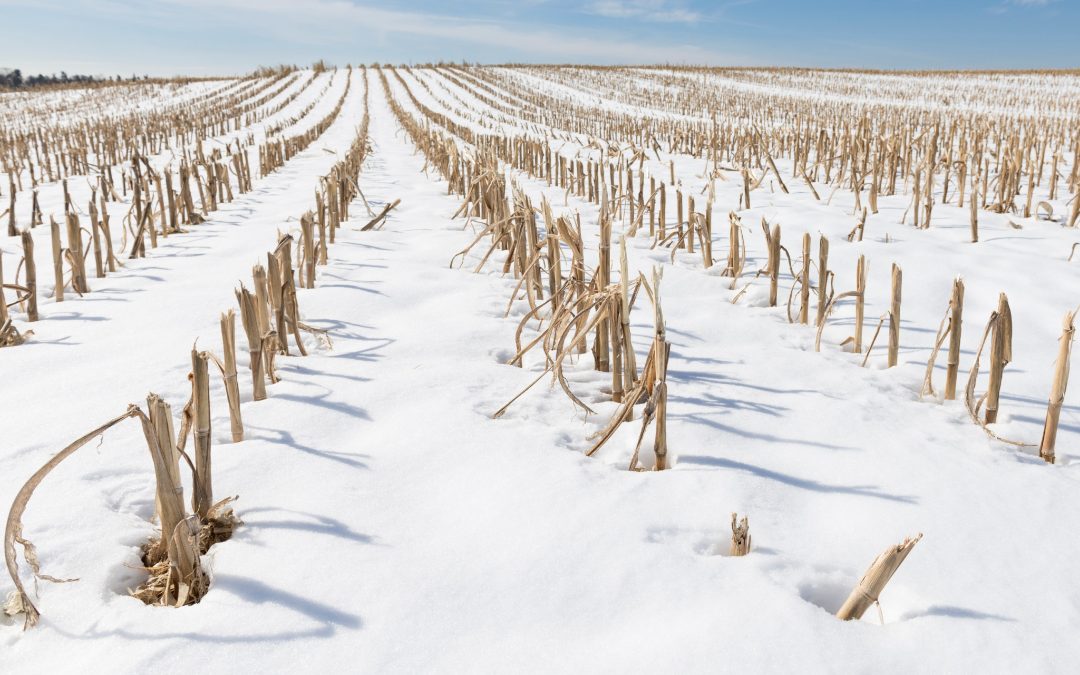Record numbers of acres went to preventative planting after the challenging spring of 2019, and fallow syndrome is a concern if nothing was grown on these acres. The following is a description of fallow syndrome by the University of Minnesota Extension, “When there’s no plant growth in an area for an extended period of time, populations of “good fungi,” called active arbuscular mycorrhizae (AM), are dramatically reduced because AM fungi need actively growing roots to survive.”
https://extension.umn.edu/cover-crops/reduce-risk-fallow-syndrome-cover-crops
AM fungi are important because they have a symbiotic relationship with corn and grass crops and assist with nutrient uptake especially phosphorus and zinc. Fallow syndrome is more pronounced in cold, wet soils and soils with low phosphorus levels. Weeds and grass cover crops will mitigate fallow syndrome, but brassica cover crops are not a host of AM fungi.
If no weeds or grass cover crops were grown, a popup starter containing phosphorus and zinc will help. Banding phosphorus and zinc next to the row can help mitigate fallow syndrome also. Most sources say broadcasting additional phosphorus and zinc will not help.
A quick Google search reveals multiple articles on fallow syndrome, here are a couple more links:

